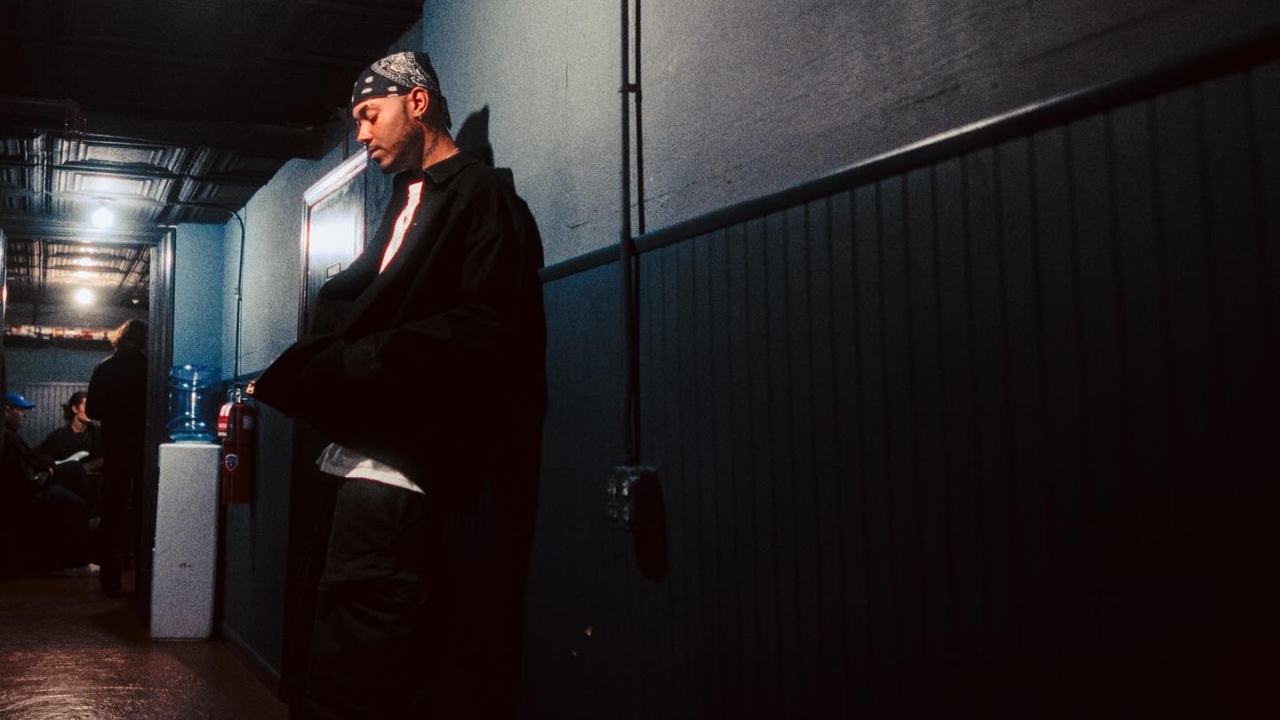
The cloning of great-sounding stations occurred long before cloning beloved pets or even the first cloned sheep in Scotland in 1996 (Hello, Dolly!).
The secrets contributing to terrific and successful radio stations, like bonding listeners to fascinating programming, are shared by diligent programmers then and now.
A New Kind of Radio Emerges
While music, talents, and promotion are essential, creating a one-on-one relationship with each listener requires instilling a distinctive on-air personality or Stationality. It requires more than just playing the right music or having the best contest. The depth of programming knowledge necessitates reaching out and touching the listener, developing new ways of marketing radio, and being a music source.
 Stationality is a term initially coined by The Lund Consultants to describe the essence of a radio station – its format, talents, morning personality, longevity, local relatability, community involvement, outlandish promotions, etc. Every successful station has Stationality, the “personality” found in every inch of the station’s programming DNA that is readily identifiable. Every talent understands how to reflect, contribute to, and enhance this image.
Stationality is a term initially coined by The Lund Consultants to describe the essence of a radio station – its format, talents, morning personality, longevity, local relatability, community involvement, outlandish promotions, etc. Every successful station has Stationality, the “personality” found in every inch of the station’s programming DNA that is readily identifiable. Every talent understands how to reflect, contribute to, and enhance this image.
Just as the makers of Tide Detergent or Coca-Cola create and enhance the brand image of each product, each on-air and promotional employee works toward the success of an outstanding station image.
Radio Is an Attitude Business
Every member of the air staff reflects Stationality and has fun on the air. They show enthusiasm for the music (regardless of format), for the station promotions, for the station, and for each performance on-air. Consider the clutter in the following break:
 “That was Aerosmith, and before that, ZZ Top, and we started out with Pink Floyd. Coming up next in a few minutes is Pearl Jam, and right now, it’s Led Zeppelin.”
“That was Aerosmith, and before that, ZZ Top, and we started out with Pink Floyd. Coming up next in a few minutes is Pearl Jam, and right now, it’s Led Zeppelin.”
Is this entertaining? Every radio station should be fun to listen to. When listeners turn off the station, they should feel like they can’t wait to tune back in to discover what they missed. Stationality transcends formats. For instance, today’s successful Oldies station image is hip and street-smart for 25-54-year-olds; while the music is old, the presentation is contemporary. Whether Country, Classical, or Contemporary, each station needs a strong Stationality to make it stand apart from the pack and give it a unique attraction and P1 appeal.
While many stations rely on similar radio basics like remotes, community tie-ins, contests, station promotions, satellite concert broadcasts, and on-air features, all programming should target the station’s audience. Sometimes, a little irreverence will go a long way, making a station sound exciting. Constantly and consistently promote key benefits before, during, and after every event, so even if the listener misses a feature, they will hear about it in promos after the fact, and the excitement will still be generated.
Pic generated by Envato Labs AI.
John Lund is President of the Lund Media Group, a radio programming consulting firm with specialists in all mainstream radio formats. Did you find this article useful? You can leave a comment below or email John at John@Lundradio.com.














